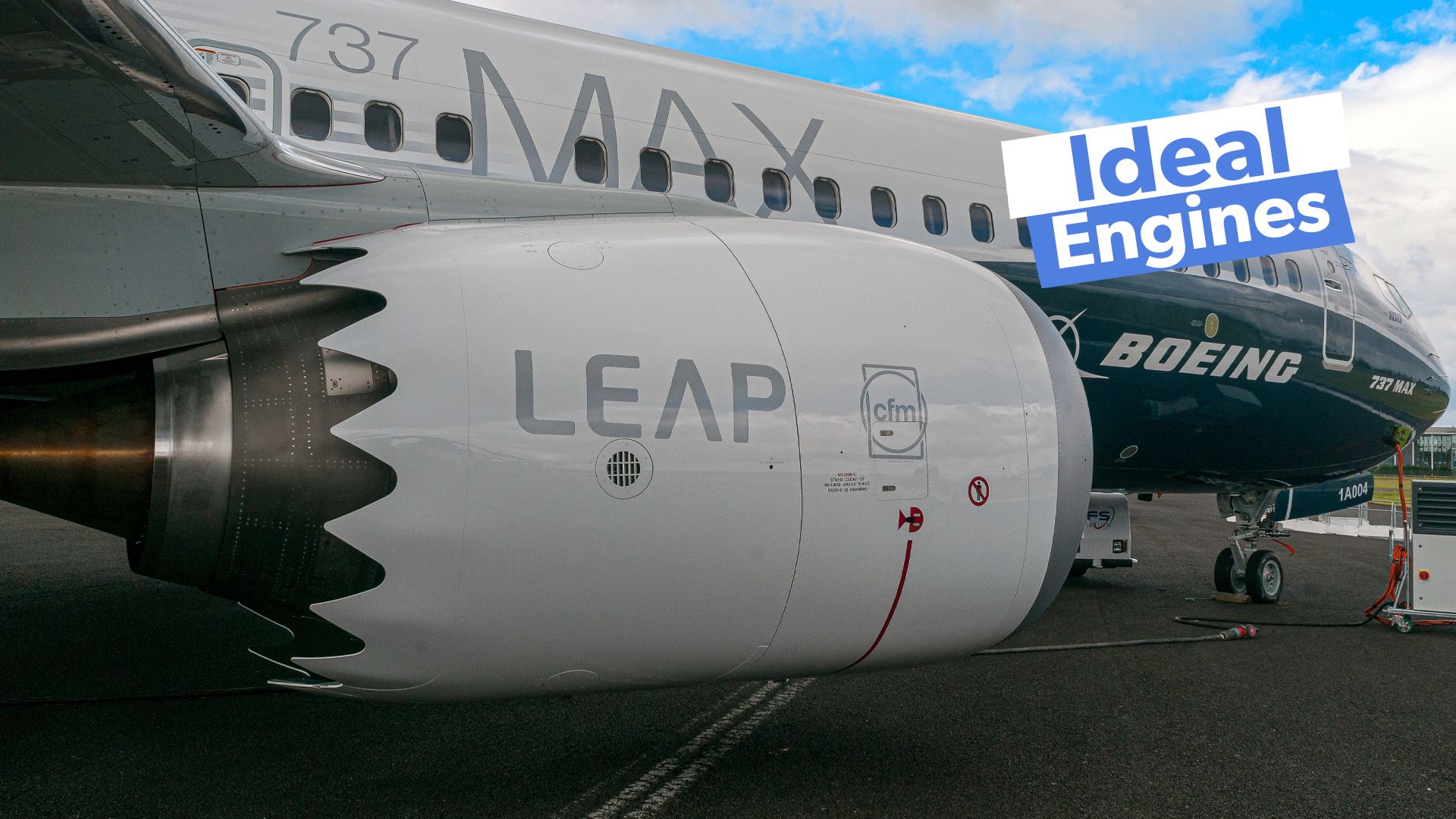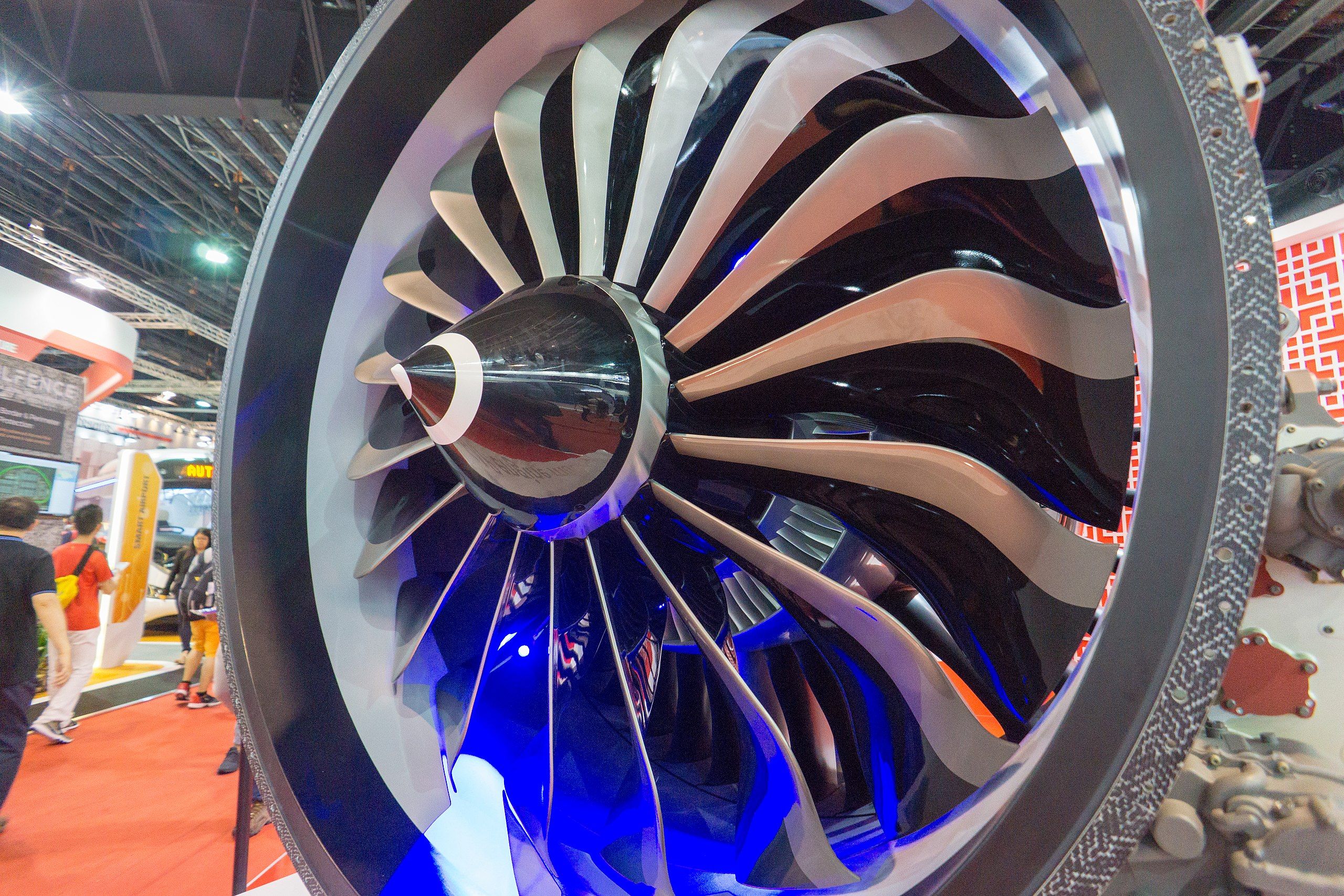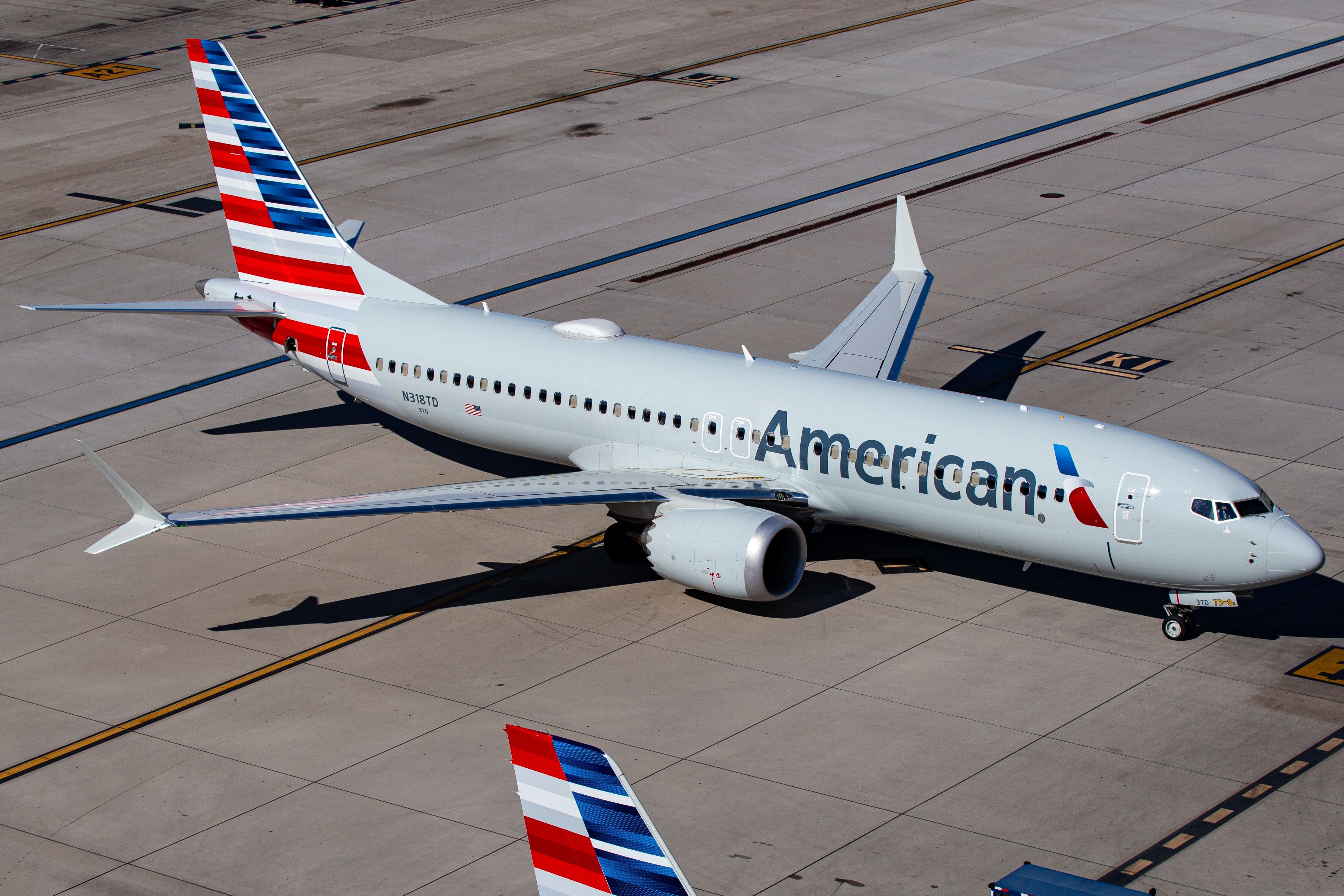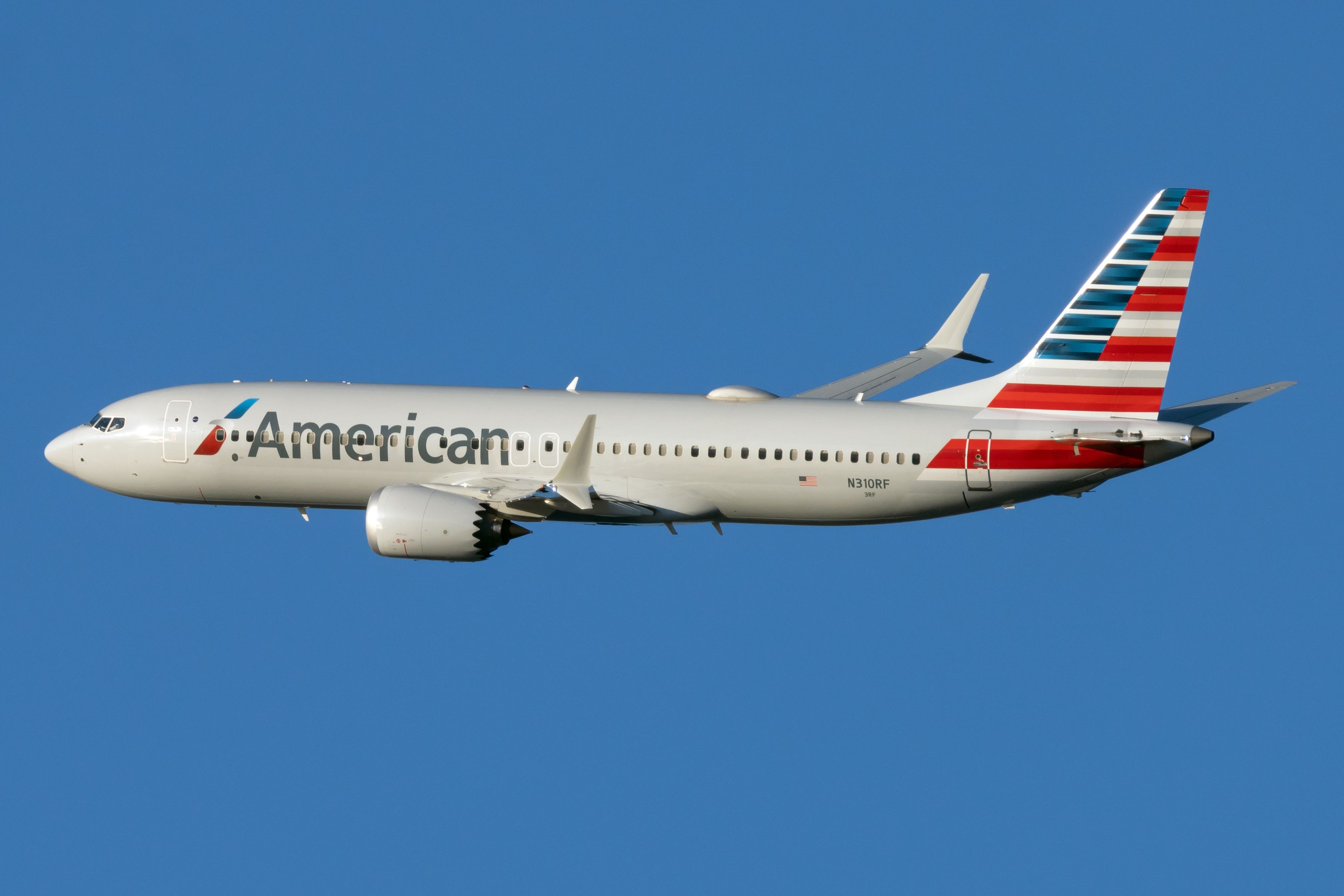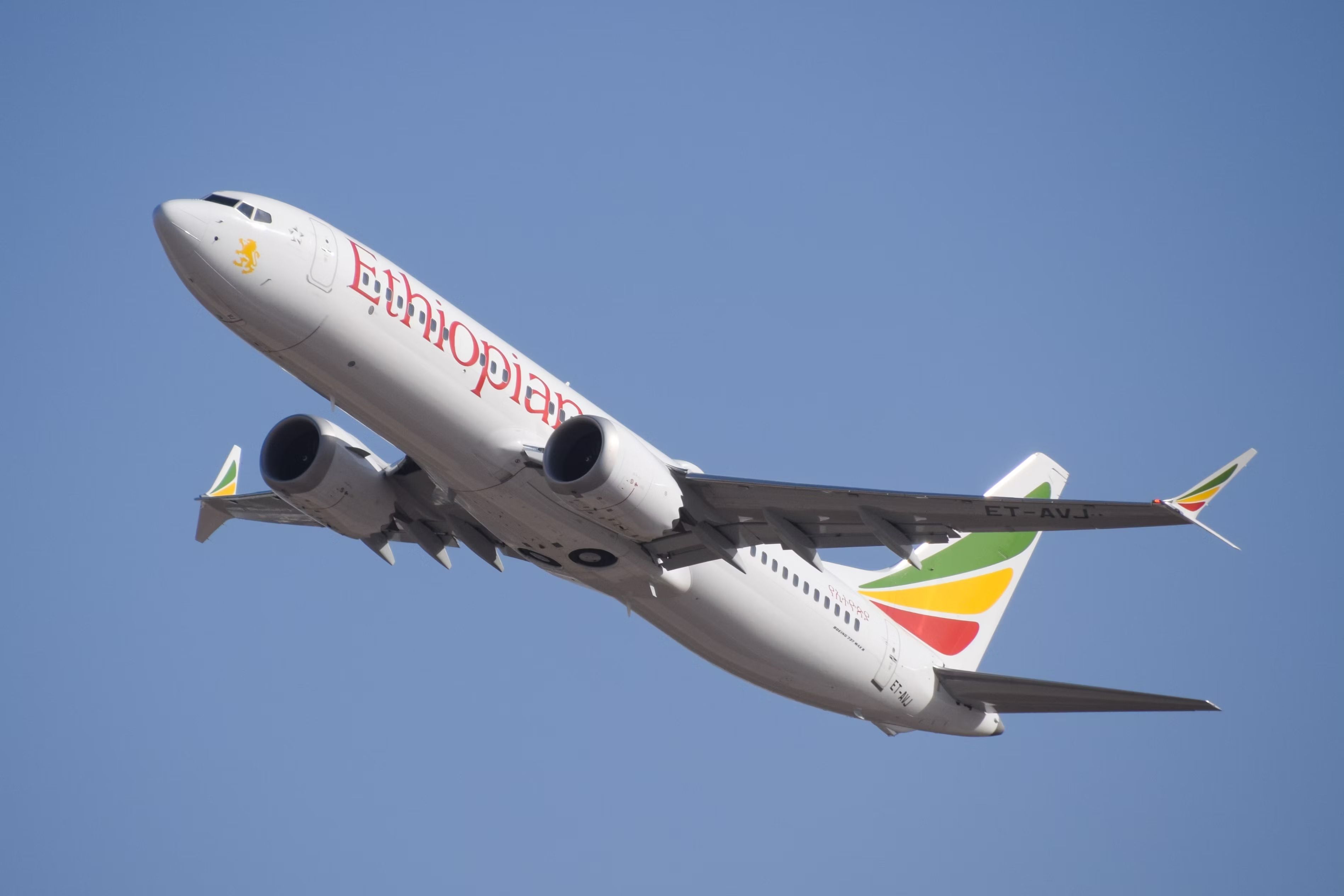Summary
- CFM LEAP engines boast fuel efficiency, consuming 0.55 lb of fuel per generated lbf of thrust an hour.
- Fuel efficiency is achieved with high propulsive efficiency due to a bypass ratio of 9:1 and lightweight CFRP components.
- Boeing 737 MAX struggled initially but has since produced over 1,500 units, with the MAX 8 being the most popular variant worldwide.
Since most aircraft spend nearly 90% of their operational time in cruise flight, the cruise lift-to-drag ratio determines the cruise performance of the aircraft. Engines play a vital role in ensuring that necessary thrust is provided to counter the drag forces and achieve a level flight. What role have the Boeing 737 MAX’s CFM LEAP engines played in enhancing the aircraft’s performance?
CFM LEAP engines
The CFM International LEAP (Leading Edge Aviation Propulsion) engines are high-bypass ratio turbofan engines that power the Boeing 737 MAX family of aircraft. The -1B model of the engine has a thrust range of 23,000 – 28,000 Ibf (100-120 kN), with a maximum takeoff thrust of 29,320 If (130 kN).
The take-off thrust specification of a typical Boeing 737 MAX 8 aircraft is 27,000 bf (116 kN). The engine thrust equals the mass of air moved times the mass overspeed.
Fuel consumption
Boeing claims the 737 MAX provides 15-20% greater fuel efficiency than its predecessors. A significant contribution to fuel efficiency goes to ultra-efficient LEAP engines. The efficiency of a turbofan engine is typically measured in terms of the consumed fuel per generated thrust.
For the Boeing 737 MAX 8 aircraft, the LEAP engines consume approximately 0.55 lb (0.25 kg) of fuel per generated lbf of thrust an hour. A typical 737 MAX 8 cruising at Mach 0.78 creates a parasite drag of 5,000 lbf and a lift-induced drag of 3,000 lbf. This means the two LEAP engines must generate nearly 8,000 Ibf of thrust to offset the drag.
Photo: Wenjie Zheng | Shutterstock
The fuel consumption can be estimated as 8,000 lbf x 0.55 lb/lbf/hr, which equals 4,400 lb (2,000 kg) per hour of fuel consumed at cruise. The fuel consumption of a 737 MAX 8 is nearly 15% lower than a typical Boeing 737-800.
So, how is fuel efficiency achieved?
By design, the CFM LEAP engine has high propulsive efficiency. It is the engine’s efficiency to transfer the generated horsepower to effective thrust and propel the aircraft forward. As mentioned earlier, engine thrust is a vital function of mass overspeed.
The LEAP-1B engine has a bypass ratio of 9:1, which makes it capable of moving a large air mass from the inlet to the exit at a much lower overspeed. This results in greater propulsive efficiency of the engine. Even though large bypass ratio engines are heavier and have a much greater wetted area, the fuel consumption outweighs the amount of drag incurred due to the engines.
Regarding design, the fan and fan case of LEAP engines are manufactured using Carbon Fiber Reinforced Plastic (CFRP) composite. While using CFRP allows for a lightweight fan, blade angles are adjustable based on the loads incurred by the fan.
Photo: Vincenzo Pace | Simple Flying
Moreover, at full rpm, the CFM LEAP engine generates a 22:1 pressure ratio in the high-pressure compressor and a combined pressure ratio of 50:1. Managing the air pressure to this degree significantly increases the propulsive efficiency of the LEAP engine.
The cruise performance (including that of the engine) changes with speed and altitude. Therefore, manufacturers aim to find a unique balance of how high and fast the aircraft should fly to achieve optimal performance.
Among the other commercial aircraft worldwide that make use of CFM LEAP engines are the Airbus 320neo family aircraft (-1A model) and the COMAC C919 (-1C model). The latter entered passenger service in May 2023 with China Eastern Airlines and has already amassed almost 1,000 orders from carriers across China.
The Boeing 737 MAX’s turbulent career
Despite its impressive operational performance thanks in part to its CFM LEAP engines, the Boeing 737 MAX project has not been without its problems – from the grounding following the crashes of two 737 MAX 8s in the aircraft’s early years of service to more recent high-profile incidents such as a mid-flight door plug blowout. The two aforementioned crashes were:
- October 2018 – Lion Air Flight 610
- March 2019 – Ethiopian Airlines Flight 302
Together, the two crashes resulted in the deaths of 346 passengers and crew. It was following this second crash that the aircraft was grounded for more than one year. Then, in January 2024, an Alaskan Airlines Boeing 737 MAX 9 suffered an uncontrolled decompression when a door plug blew out.
Yet since then, Boeing has struggled on with the 737 MAX project, and in total, more than 1,500 737 MAXs have been produced, with major operators including United Airlines, Southwest Airlines, and American Airlines. The US manufacturer is busy clearing a substantial backlog of deliveries.
The Boeing 737 MAX 8 has been the aircraft’s most popular variant around the world, followed by the larger 737 MAX 9, while the 737 MAX 10 is still under production following several delays. The 737 MAX’s largest variant is now expected to enter commercial service in 2025.

